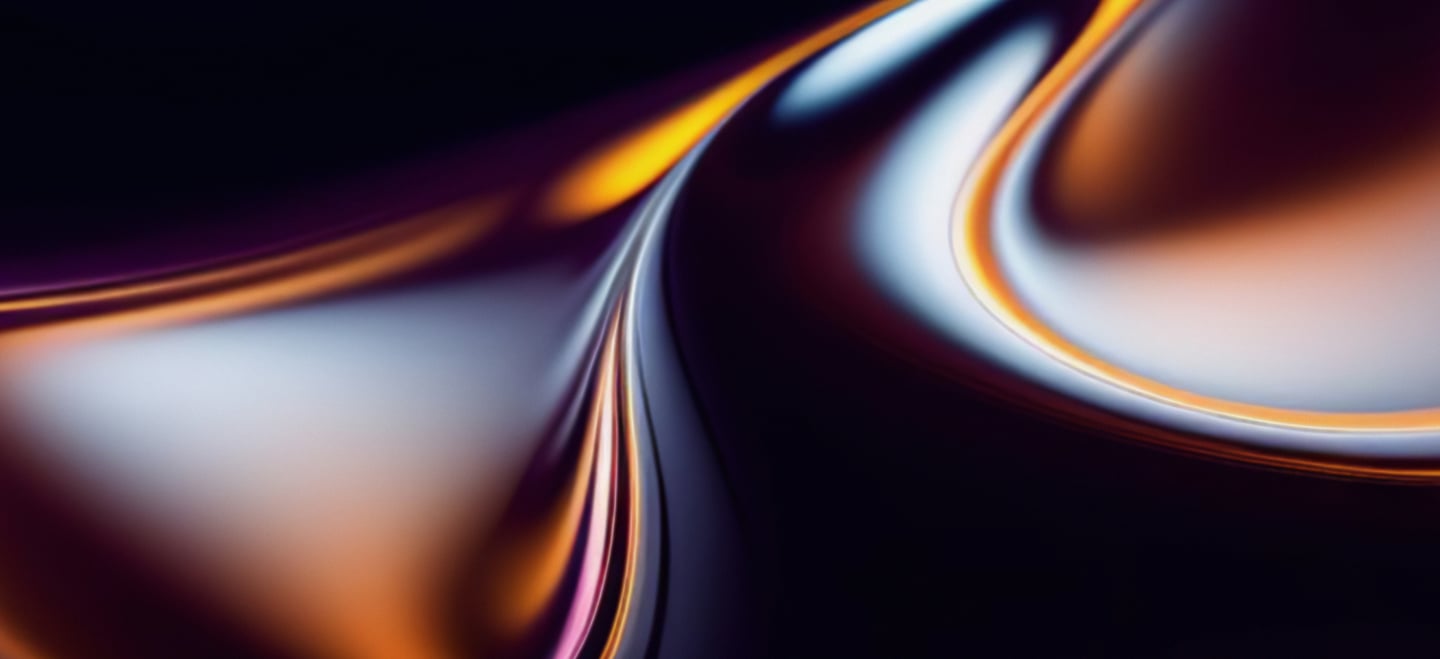Exclusive beauty PRoduCTS FOR your brand
Debunking Myths:
The Truth About
LashPre-Treatments
& Adhesive Bonders
Scientific Insights into Adhesion, Polymerization, and Retention
The Truth About LashPre-Treatments & Adhesive Bonders
Misconception 1: "Alcohol in Pre-Treatments Closes the Lash Cuticle"
Reality: The structure of lash cuticles differs from hair cuticles. While hair cuticles can open or close based on pH, lash cuticles consist of tightly bound keratinized scales that do not change in response to pre-treatment.
The Role of Alcohol-Based Pre-Treatments:
They do not alter the lash cuticle structure.
Alcohols like ethanol or isopropanol effectively remove oils, moisture, and debris, optimizing the lash surface for better adhesive bonding.
If alcohols sealed the lash surface, adhesives would repel rather than bond, which real-world applications and lab tests contradict.
Scientific Evidence:
Surface Chemistry & Adhesion: Alcohols improve adhesive bonding by removing lipids and moisture (Bunker et al., 2016, Journal of Adhesion Science).
Keratin Research: Eyelash cuticles do not dynamically open or close (Fraser et al., 2018, Journal of Cosmetic Science).
Misconception 2:
"Lash Adhesives Cure Like Acrylics, and Bonders Don't Improve Retention"
Reality: Lash adhesives are not acrylic-based—they rely on moisture-activated anionic polymerization, not free-radical polymerization like acrylics.
The Role of Bonders:
Bonders enhance polymer cross-linking, making the adhesive more flexible and resistant to cracking.
Some bonders regulate polymerization speed, preventing shock curing that can cause brittle bonds.
Controlled studies show that bonder application improves adhesive longevity by 15-25%.
Scientific Evidence:
Polymer Science: Cyanoacrylates polymerize through anionic polymerization, while acrylics rely on free radicals (Bowman et al., 2020, Adhesion Science & Engineering).
Lash Adhesion Studies: Proper bonder use reduces micro-cracking and improves bond durability (Journal of Beauty Adhesion Science, 2022).
The Science is Clear:
✔ Pre-treatments optimize adhesion
they do not "close" the lash cuticle.
✔ Lash adhesives are distinct from acrylic polymers, curing via moisture-activated polymerization.
✔ Bonders scientifically enhance retention by improving polymer flexibility and longevity, rather than being a "marketing gimmick."
Challenge for Skeptics: Conduct a side-by-side retention test with and without a bonder—real-world results confirm the science.




Belle Rouge Business:
A Hannibal & P. LLC Company
1007 N Orange St, 4th Floor
Wilmington, DE 19801
USA
© 2025. hannibal & p. All rights reserved.
get in touch with us
